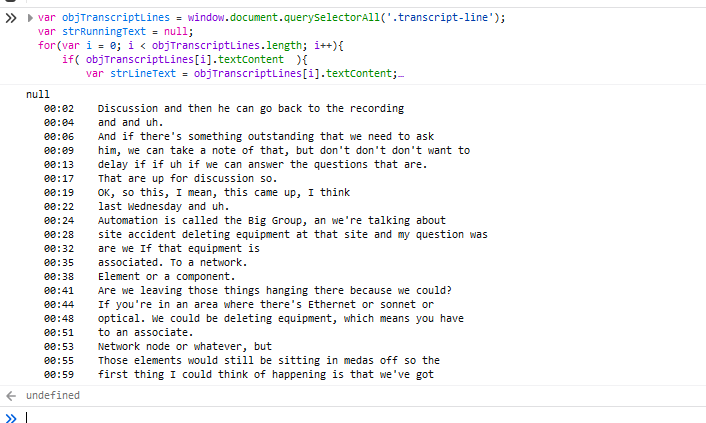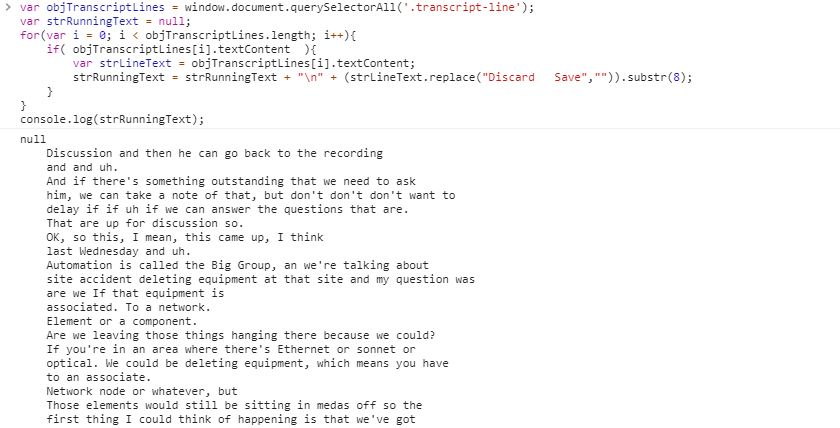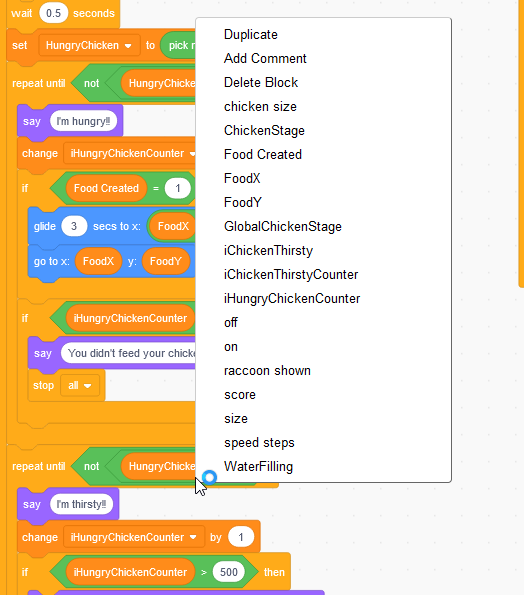I needed to add a sleep to a PHP process, but I didn’t want to waste a whole second on each cycle. That’s usleep:
<?php
date_default_timezone_set('America/New_York');
$t = microtime(true);
$micro = sprintf("%06d",($t - floor($t)) * 1000000);
$d = new DateTime( date('Y-m-d H:i:s.'.$micro, $t) );
print $d->format("Y-m-d H:i:s.u") . "\n";
usleep(100000);
$t = microtime(true);
$micro = sprintf("%06d",($t - floor($t)) * 1000000);
$d = new DateTime( date('Y-m-d H:i:s.'.$micro, $t) );
print $d->format("Y-m-d H:i:s.u") . "\n";
sleep(1);
$t = microtime(true);
$micro = sprintf("%06d",($t - floor($t)) * 1000000);
$d = new DateTime( date('Y-m-d H:i:s.'.$micro, $t) );
print $d->format("Y-m-d H:i:s.u") . "\n";
?>
Run the script, and you’ll see sub-second sleeps.
[tempuser@564240601ac2 /]# php testSleep.php
2020-07-09 14:06:20.641449
2020-07-09 14:06:20.741952
2020-07-09 14:06:21.742347






